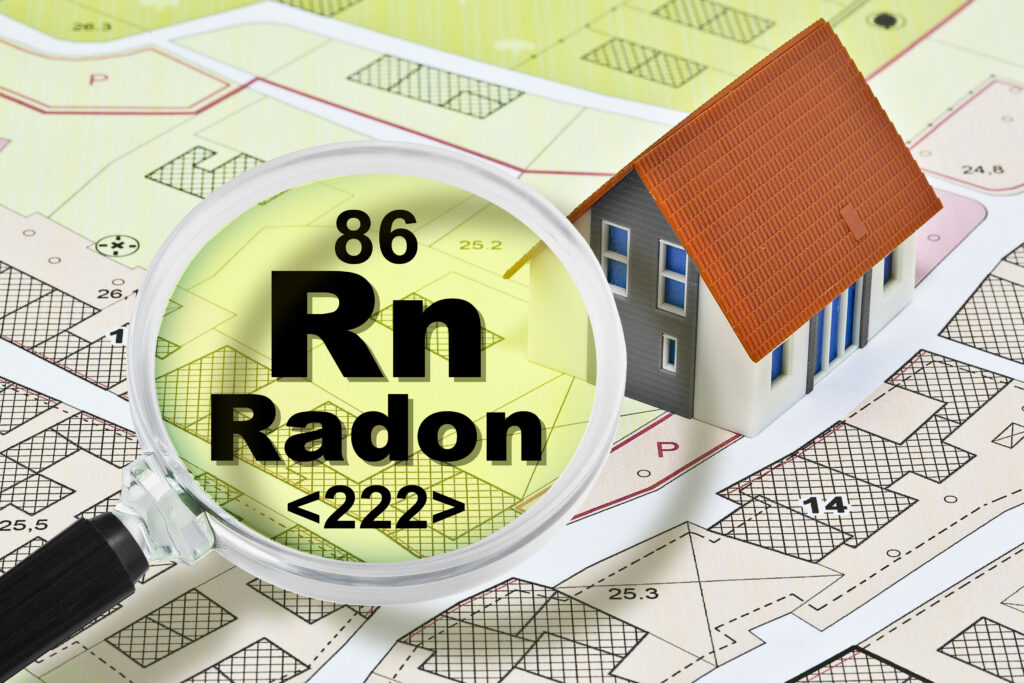By Lizzie Weakley
Radon is a colorless, odorless gas that is present in many homes across the country. It is a radioactive gas that comes from the natural decay of uranium in soil and water, and it can seep into your home through cracks in the foundation, walls, or floors. Since radon is impossible to detect without proper testing, it is important to be aware of the signs that may indicate its presence in your home. This blog post will discuss five signs that could point to radon in your home.
Respiratory Issues
If you or your family members have been experiencing unexplained respiratory issues such as coughing, wheezing, or shortness of breath, it could be a sign of radon exposure. Radon gas can cause irritation to the lungs and respiratory system, leading to these symptoms. If you notice these issues persisting or worsening, it may be a good idea to get radon testing in your home.
High Levels of Moisture
Radon gas is more likely to enter your home through cracks in the foundation or basement floors. If you notice high levels of moisture in your basement or in areas where the foundation meets the walls, it could be a sign that radon is seeping into your home through these cracks. Moisture can create the perfect conditions for radon to enter and accumulate in your living space.
Family History of Lung Cancer
Radon exposure is a leading cause of lung cancer, second only to smoking. If you have a family history of lung cancer or if you or your family members are smokers, you may be at a higher risk of radon-related health issues. Testing for radon in your home can help ensure that you are not being exposed to dangerous levels of this gas.
Strange Smells
While radon itself is odorless, the decay of radon can produce other radioactive elements that have a distinct smell. If you notice unusual odors, such as a musty or earthy smell in your home, it could be a sign that radon is present. These odors may be more noticeable in areas where radon has accumulated, such as basements or crawl spaces.
Health Symptoms Improving Outside the Home
If you or your family members notice that respiratory issues or other health symptoms improve when you are away from home, it could be a sign that radon is present in your living space. Radon exposure can have a cumulative effect on your health, so spending extended periods of time in a radon-filled environment can exacerbate symptoms. Testing for radon can help determine if your home is the source of these health issues.
Being aware of the signs that could point to radon in your home is essential for maintaining a healthy living environment for you and your family. If you notice any of these signs, it is important to test for radon and take steps to mitigate its presence in your home. Radon testing is simple, and it can provide peace of mind knowing that you are not being exposed to dangerous levels of this gas. Remember, the only way to know for sure if radon is present in your home is to test for it. Protect your health and the health of your loved ones by staying informed about radon and taking action to reduce your exposure.
Lizzie Weakley is a freelance writer from Columbus, Ohio. In her free time, she enjoys the outdoors and walks in the park with her husky, Snowball.








